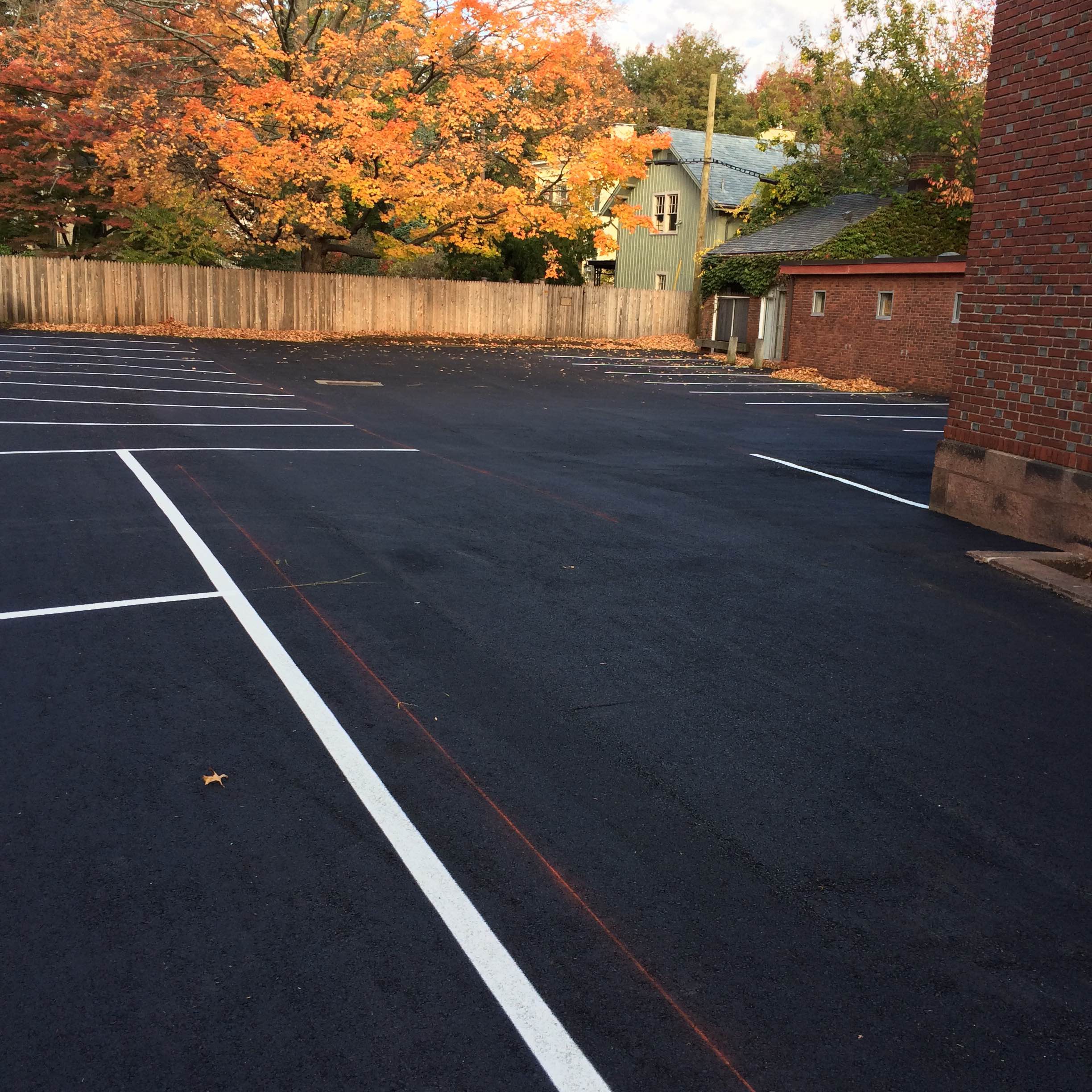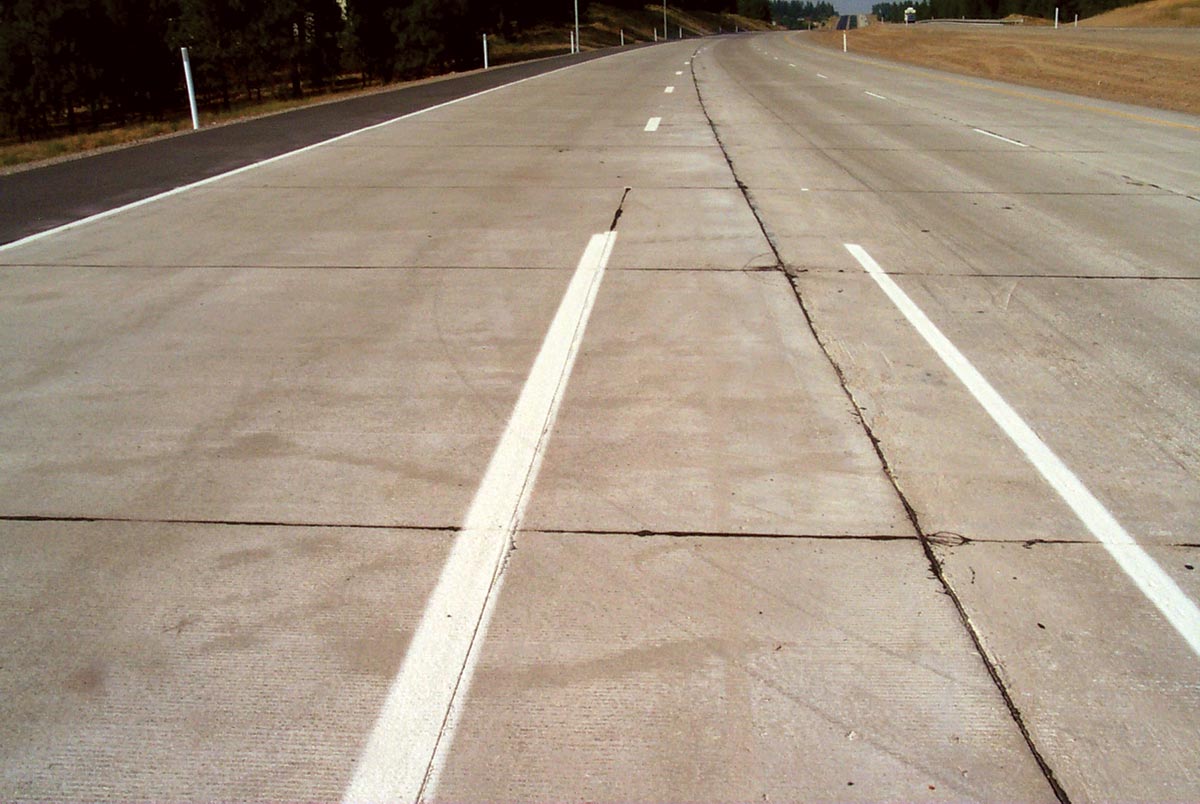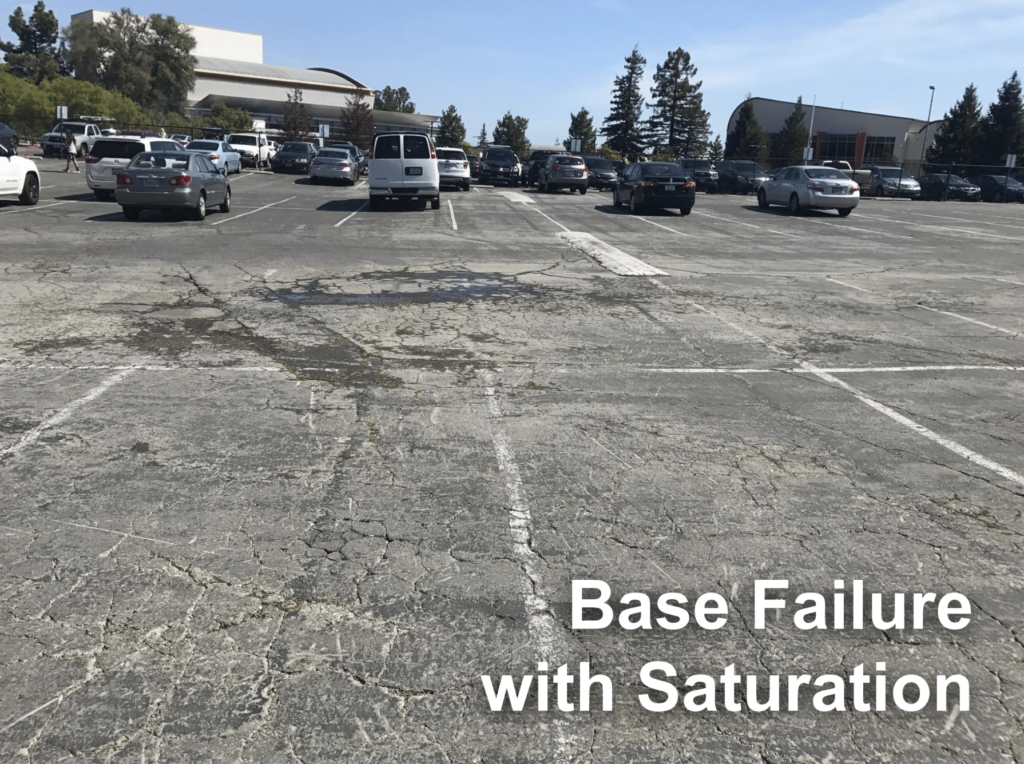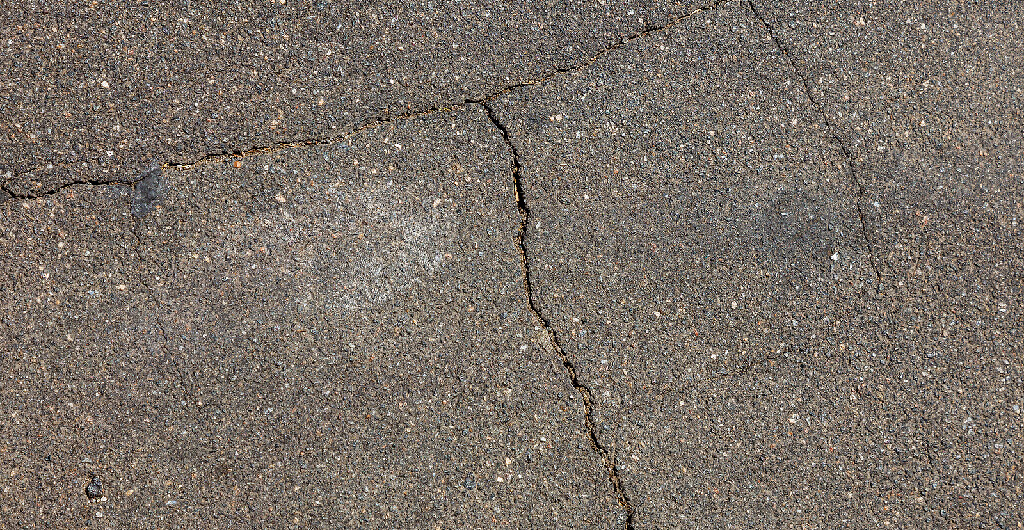
Types Of Failures In Flexible Pavements
Types of Failure in Rigid Pavement. The following 5 form of failures are commonly found in rigid pavement. Scaling of cement concrete; Shrinkage cracks; Joint spalling; Warping cracks; Pumping; 1. Scaling of cement concrete Scaling. Scaling of rigid pavement simply means, peeling off or flaking off of the top layer or skin of the concrete surface.

8 Most Common Types of Asphalt Pavement Failure You Should Know
The main causes of failures in rigid pavements due to faulting are: Settlement of the pavement that is caused due to soft foundation. The pumping or the erosion of material under the pavement, resulting in voids under the pavement slab causing settlement. The temperature changes and moisture changes that cause curling of the slab edges.

6 Types Of Pavement Failure In Winters Garden State Paving & Seal Coating, LLC
Here are some common signs of road pavement failure: Potholes: Depressions or holes in the pavement surface caused by the disintegration of the asphalt or other road materials. Potholes are typically formed due to water infiltration and traffic loads. Cracks: Long, narrow openings in the pavement surface. Different types of cracks, such as.

Types Of Failures In Flexible Pavements Daily Civil
types of pavement failures most commonly encountered in asphalt pavements. Next to each photograph is a description of the failure type, probable cause of the failure, and recommended correction. Bleeding or Flushing This distress is caused by excess asphalt in the surface layer. Contributing factors include

Choosing The Right Pavement for You Lior Excavating
Types of Asphalt Pavement Failure. Over time, many factors can affect the life cycle of asphalt, and cause pavement failure from weather to poor drainage and usage. There are various types of asphalt pavement failures, each with its own unique causal classifications and repair approaches. Knowing the type of failure and its cause is absolutely.

Types Of Concrete Pavement Design Talk
There are many types of asphalt failures and defects. Learn about the different types of cracks that can occur in asphalt pavement, the causes of pavement failure, and how to fix them. Skip to content. TOLL FREE 1-888-728-3636. TORONTO 416-410-3705. GET A QUOTE! TOLL FREE 1-888-728-3636.

Flexible Pavement Failure Civil Engineer Mag
Fatigue/alligator cracking, caused by overuse. Block cracking, due to temperature shifts. Edge cracking, lack of support at pavement edge. Longitudinal cracking, poor construction, or aging. Transverse cracking, shrinking of asphalt layer. Slippage cracking, vehicle behavior, and wear. Reflection cracking, caused by movement of an old pavement.

The common flexible pavement failure types and their expected or... Download Table
Weak pavement, surface, base, or sub-grade; Thin surface; Poor drainage; We're asphalt professional team which will minimize all the chances of seeping the water inside and letting your surface form potholes by giving it routine maintenance after pavement. #2: Alligator Cracks. This is very common type of asphalt pavement failure.

Types of pavement failure in the study area. Download Scientific Diagram
Types of Failures in Flexible Pavements due to Environmental Distresses. 1. Bleeding in Flexible Pavements. The phenomenon of formation of a film of asphalt binder over the surface of the pavement surface is called as bleeding. The occurrence of bleeding will give a shiny glass like reflecting surface.

Injured by Cracked Roads? The Dangers of Pavement Failure
A. Types of Pavement Failure Some of the types of pavement failure are: 1. Cracking Cracking is one of the most common types of pavement failure. The nature of the crack itself is fast spreading. Cracking is usually caused by improper material mix during construction and settling of the subgrade or base during operation. Several cracks in the pavement are:

The common flexible pavement failure types and their expected or... Download Table
Root cracks are caused by tree roots growing underneath a paved asphalt surface. They appear as winding, raised linear bumps and can eventually open up to become larger cracks. 13. Linear Cracks. Linear cracks are long cracks that develop primarily when water is able to penetrate the surface of the asphalt pavement.
toheroa jim Alligator cracking of asphalt pavements
Bleeding. Pumping. 1. Alligator or Map Cracking (Fatigue Cracking) This is a common type of failure of flexible pavements. This is also known as fatigue failure. Followings are the primary causes of this type of failure. Relative movement of pavement layer material. Repeated application of heavy wheel loads.

The Different Types of Pavement Failure Pavement Maintenance, Asphalt Paving and Repair
Most Common Types of Asphalt Pavement Distress. Major forms of asphalt pavement distress include cracking, surface defects, and deformation failures. Cracking is most prevalent, appearing as fatigue alligator cracks, longitudinal cracks, transverse cracks, block cracks, edge cracks, and reflective cracks. Preventing cracks is key to pavement.

Pavement Failure Common Types of Cracking & Solutions
Pavement failure is caused by a number of variables including, water intrusion, stress from heavy vehicles, expansion and contraction from seasonal temperature changes, and sun exposure. It is important to keep up with proper maintenance like crack and asphalt sealing to prevent cracks from spreading or forming.

Pavement failure in flexible & rigid pavement..... (types,cause) Foundation & Pavement
DISTRESS. POSSIBLE CAUSE. MAINTENANCE SUGGESTIONS. Pot Hole. Weak pavement, surface, base, subgrade; Thin surface; Excess or deficient fines; Poor drainage. Cut wet material out, clean and fill with asphalt mix. Allow an extra 25% of volume for compaction. Use a straight edge to restore patch to existing roadway section. Base Failure.

Causes of Failure of Pavement Flexible Pavement Failure types, Causes, and repair Cement
Joints are generally the least dense areas of a pavement. FIX: Less severe cracks measuring 1/2 inch or less can be sealed to prevent moisture from entering into the sub grade. More severe cracks should be fixed by removing the cracked pavement layer and replacing it with an overlay. Transverse Cracking.